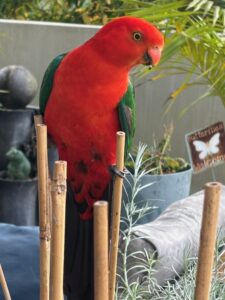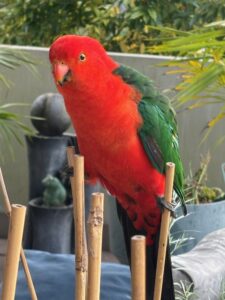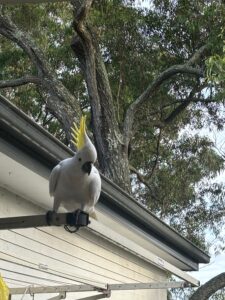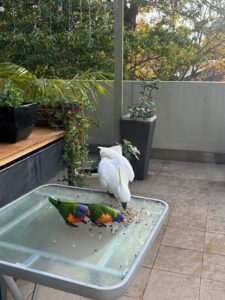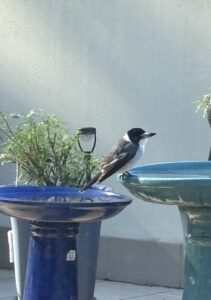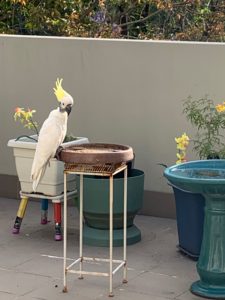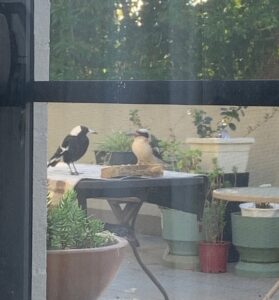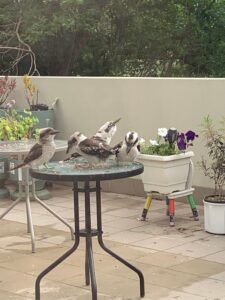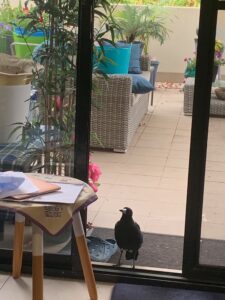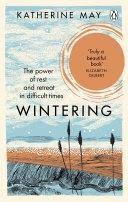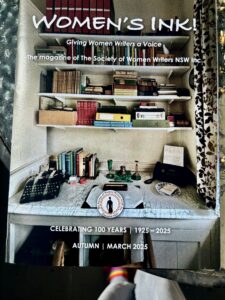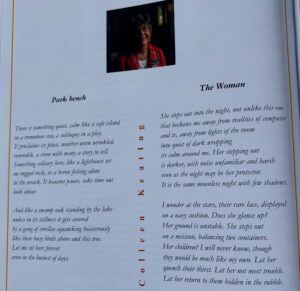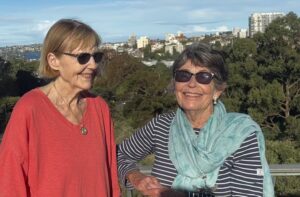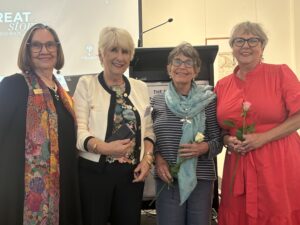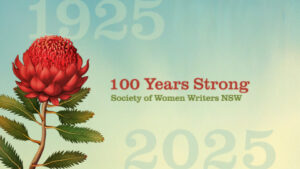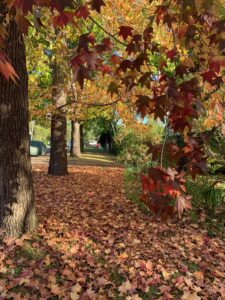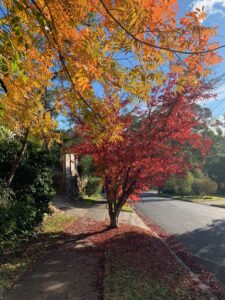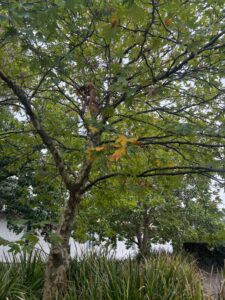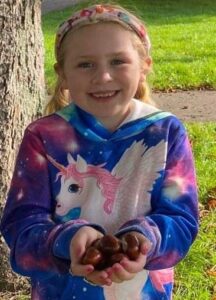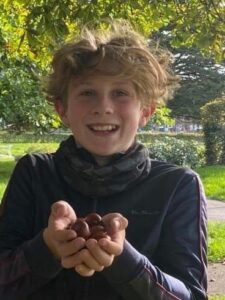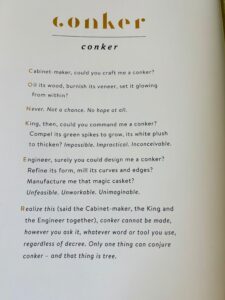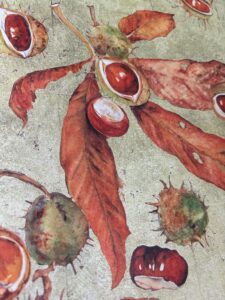
My Bird Life
Our home nestles in the highest escarpment of Sydney Basin. From our terrace we overlook eucalypts, jacarandas, a flame tree and many gardens with grevillea, tibouchina and other shrubs . We have two magnificent Fiddlewood trees in the foreground which at the moment are in full bloom and a haven for bees and the odd butterfly. They provide resting boughs for birds who sit to observe our activity . I say this because since the wild fires of 2019 when so much of our Eastern coast and wildlife was destroyed and the drought leading to that and then the months of isolation with covid we topped up three bird bath daily and succumbed sometimes to offer wild seed, which we refrain from now unless the magpies sit and serenade us for while or the kookaburras demand attention.
We have watched the trees thin out over the years and with more lights at a nearby High School our Milky Way world is very much reduced. Also our nightly possum visit has stopped . That has assisted my herb garden because the possums used to think I planted it for them but their corridor seems broken and that is tragic. So often I saw their gleaming eyes staring at me out of the dark near my herb garden and I miss that.
I remember in our childhood garden we had bandicoots visit every night my Dad was always annoyed they had dug up our garden but they were there and one would be lucky to see one today in the suburbs.
However we get much joy from our abundant bird life And enjoy watching the communication between them the sharing, necking, preening, odd gestures, calling, warnings . And we marvel at how there is no communication with the different species of birds just a hierarchy between them .
When the wonder of birds entered our world, I came awake to the notation of native minors on winter branches, their shadow playing on the bedroom wall, to the bird song serenading dawn in its clear and lovely voice, each trill as perfect as a Bach measure.
Our pair of Magpies arrive at our sliding door and sing. our pair of topnotch pidgins wait near the glass door aware of our every move to the point if we are in our bedroom watching a movie they will come to that window, . The Yellow-Crested White Cockatoos call in and there are a few we tolerate eg Charlie who had a permanent injury around his neck and he has a partner, but some of the others are greedy and destructive . Others are Butcher Birds who are very shy but sing glorious music from the Fiddelwood tree , Galahs, Crimson rosellas, Rainbow Lorikeets who chatter the whole time . Rarely but sometimes the wonderful green King Parrot sits on a high point and will dart down for a drink . The Native Minors play in the bird bath together and sing.
Last season we had Kookaburras visiting daily with two plump spoilt babies who screeched for their food. So much for the laughing fun . Only now and then we hear them in a nearby ironbark with their early morning greetings but they dont need us at present.
